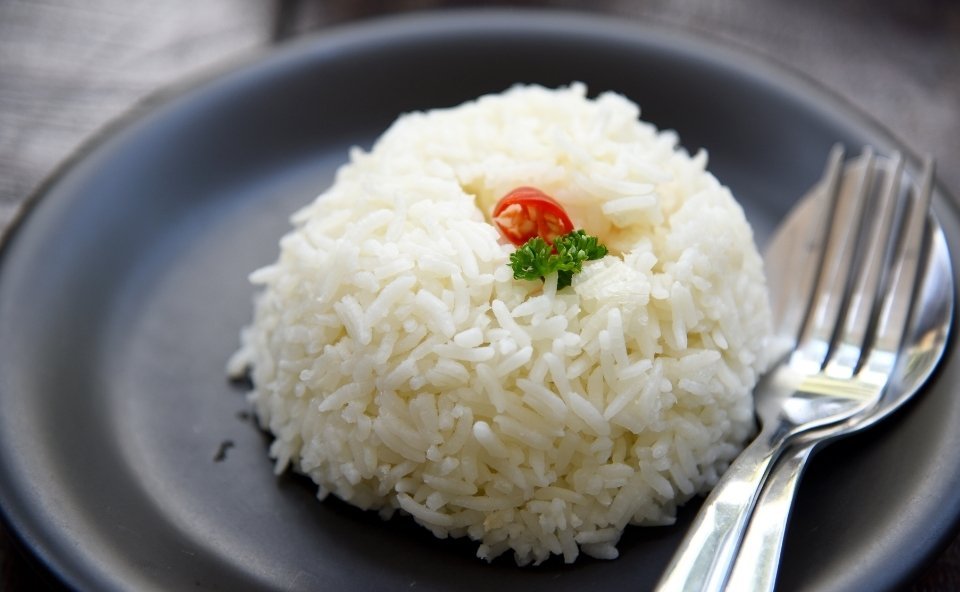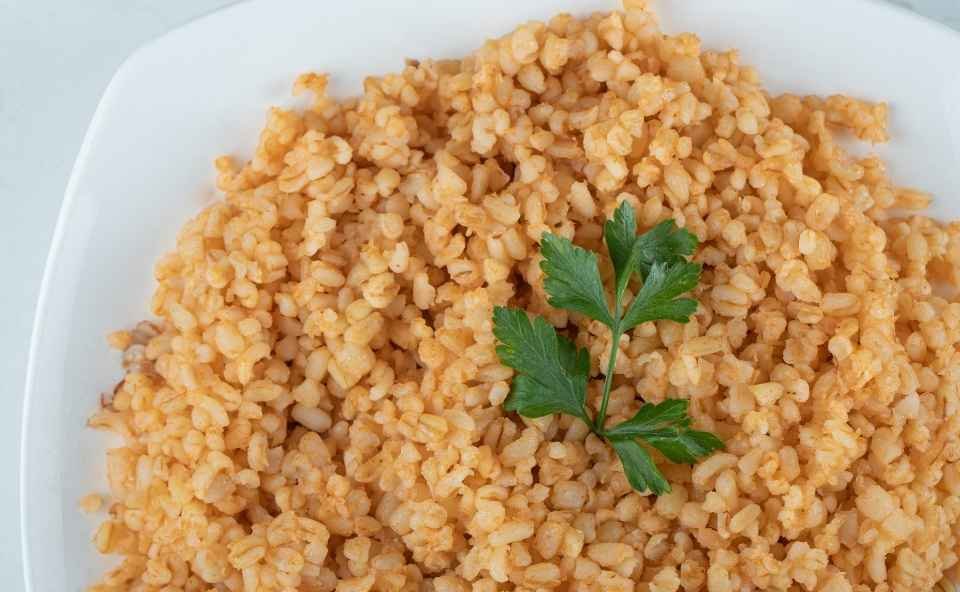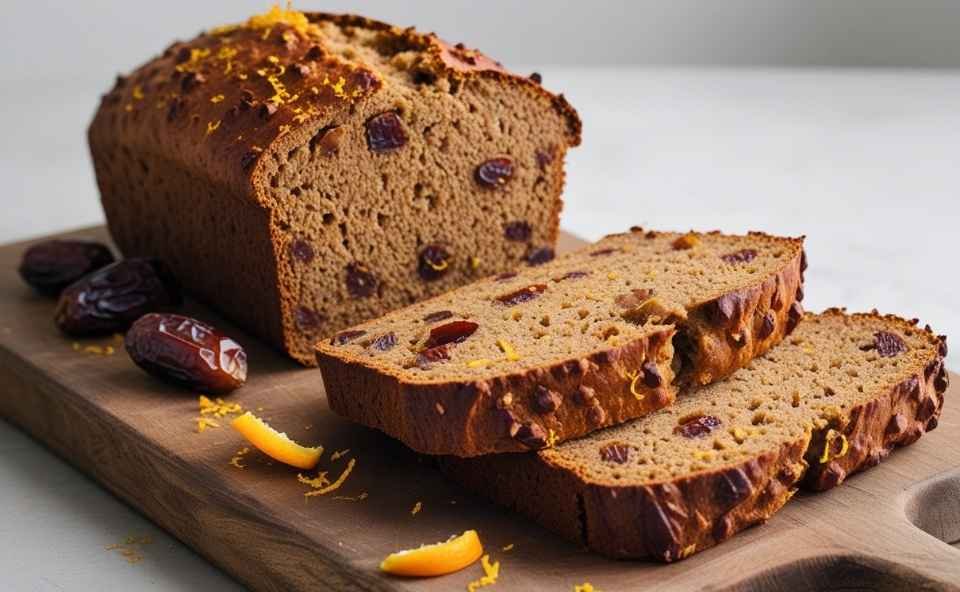I spent years trying to make parboiled rice in a cooker and always ended up disappointed. I mistakenly believed it was just like instant or minute rice—it’s not. It’s actually called converted rice, and it’s totally different. With the correct water ratio, it’s easy to get perfect results using the right appliances every time, whether you’re using a traditional Rice Cooker or an Instant Pot Parboiled Rice method.
What helped me most was learning how to use the cooker properly—no more guessing. I’ll never forget the day I finally got that fluffy texture. Since then, I’ve picked up a bunch of tips, learned key facts about nutrition and storage, and even created simple recipes using different kinds of rice—white, brown, and parboiled. Trust me, once you find your method, it really changes everything.
Let’s discover parboiled rice and why it’s not your typical instant rice!
🍚What is Parboiled Rice?
Parboiled rice is a type of rice that’s partially boiled while still in its inedible husk. Unlike regular rice, parboiled rice is soaked and then steamed under pressure, which helps increase its nutritional value. After removing the husk, the rice becomes fluffy and firm, ideal for pilaf dishes. Plus, it doesn’t turn sticky, which is a big win for those who prefer separate grains.

Parboiled Rice.
I love using a rice cooker to cook parboiled rice – it’s super easy, and there’s no risk of burning it. You can just set it and forget it! You can also find parboiled rice in bulk bins at the grocery store, often at a better price. You can use an instant pot or electric pressure cooker if you want something even quicker. Still, rice cookers are my go-to for the perfect texture every time.
🧑🍳Ingredients
- Parboiled rice
- Water
- Pinch of salt (optional)
I’ve made parboiled rice in a rice cooker more times than I can count—it’s my go-to for a quick, simple side. It always turns out light and fluffy with just a bit of water, a pinch of salt (totally optional), and the right ingredients.
I usually keep it plain so it can be easily used with any dish. But if you’re into bold flavor, check the substitutions and flavorful variations section—lots of flavor-adding ideas to try!
📝Instructions
Rinse Your Rice🚿
Start by rinsing your uncooked rice under cool water to remove dust or extra starch. This makes the rice less sticky and ensures it cooks evenly. It’s a quick and easy step that really makes a difference!
Add Rice and Water to the Cooker💧
First, add 1 cup of rice and 1.5 cups of water to the bowl of your rice cooker. If you’re cooking more rice, maintain the ratio of 1:1.5 (1 cup of rice to 1.5 cups of water). Close the lid, press the button, and select the white rice setting if your rice cooker has one. If your cooker doesn’t have this setting, press the standard cook button and let it do its job. It will cook the rice perfectly for you!
Wait for the Cooker to Finish⏱️
When the cooker indicates that it’s done, open the lid and gently fluff the rice with a fork. It’s perfectly cooked and ready to be served.
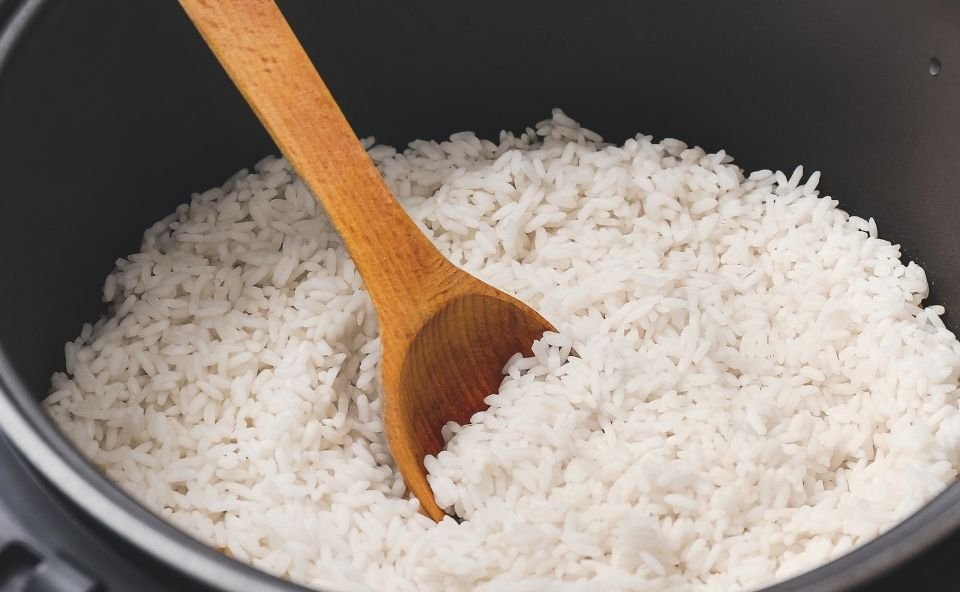
Cooked parboiled rice inside an open rice cooker.
You’ll be amazed at how easy it is to make parboiled rice this way!
🔄Substitutions and Flavorful Variations
- Swap Water with Broth: Boost the flavor using vegetable, chicken, or beef broth instead of water—a small change that adds delicious depth.
- Add Spices Early: Toss in garlic, cumin, or your favorite spices at the start—your rice will soak up all that tasty goodness as it cooks.
- Finish with Butter or Oil: After cooking, stir in a tablespoon of butter with salt and pepper for a rich touch—or use olive oil for a lighter finish.
- Try a Soy Sauce Twist: Drizzle soy sauce on top for a quick and tasty Asian-inspired spin—I love this easy flavor upgrade!
These simple swaps can transform your parboiled rice into something fresh and flavorful. Mix and match depending on your mood or what you’re serving—your rice cooker will do the rest!
🔁Storage and Reheating
Whenever I have leftover parboiled rice, I pop it into an airtight container and store it in the refrigerator. It stays good for about 4-5 days, but the grains can dry out if left too long, so I try reusing them quickly for stir-fries or quick bowls.
To warm it up, I use a microwave-safe container, break up chunks with a fork, and add a few sprinkles of water. This helps create steam to rehydrate the rice. After I cover it with a lid, I microwave it for 1 minute, remove the lid carefully, test it, and repeat if it’s still cold or dry—simple. I’m always satisfied with the results.
Pro Tips
- Know Your Cooker: Every electric rice cooker is different—check the user’s manual for specific instructions if it has advanced settings. Trust me, it makes a big difference.
- Adjust for Time: Cook time can vary by model, so keep an eye on your first batch with any new cooker.
- Measure Like a Pro: Use a standard measuring cup for rice and water. For the perfect ratio, I always use 1 cup of rice to 1.5 cups of water. This simple balance keeps the texture spot-on every time.
- Serving Size Basics: One measuring cup of uncooked rice usually turns into two cups of cooked rice. The recommended serving size is 0.5 cup per person, which is great for meal planning.
🍚Why Parboiled Rice Deserves a Spot in Your Healthy Kitchen
A Healthier Bowl, Every Time 🥣
I didn’t expect much when I switched from traditional white rice to parboiled. But wow—my body felt the difference. Parboiled rice is a healthier option with fewer calories, fewer carbs, and more fiber and protein. Studies show it has a lower impact on blood sugar levels, making it an excellent choice for people with diabetes or anyone looking for a simple health upgrade.
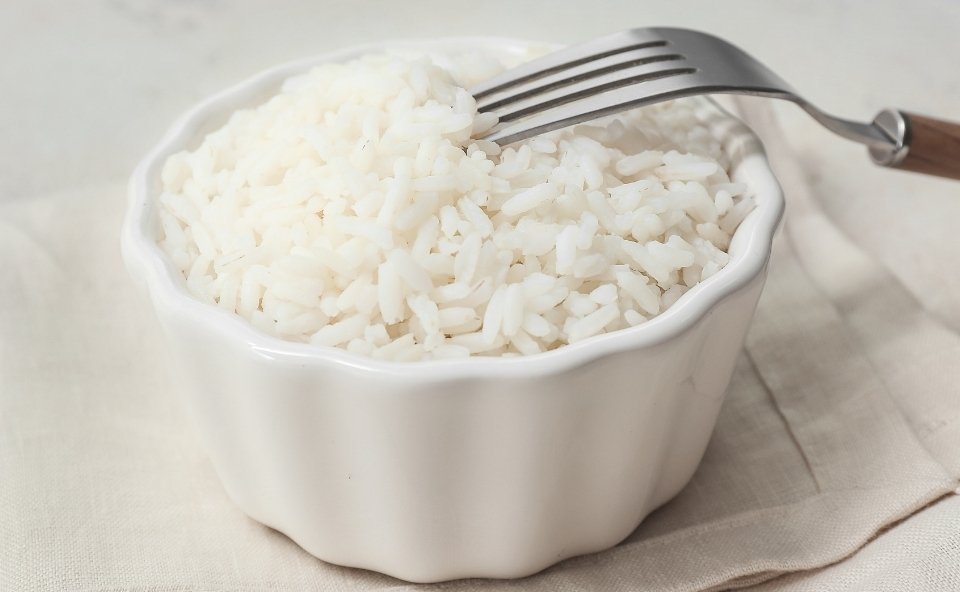
A bowl filled with fluffy parboiled rice, served with a fork resting on the edge, ready to eat.
What’s Inside Counts 📊
Just 1 cup of parboiled long-grain rice contains about 194 calories, 0.58 grams of fat, 41 grams of carbohydrates, 1.4 grams of fibre, and 4.6 grams of protein. Plus, it’s a source of iron and calcium. Thanks to parboiling, it changes at a molecular level, increases its nutritional value, and turns into a true powerhouse.
Gut-Friendly Goodness 🌿
The starch in parboiled rice acts as a prebiotic—think of it as a natural gut fertilizer. It encourages the growth of healthy bacteria and probiotics and keeps your microorganisms in balance. I noticed better digestion and even a better mood after eating foods containing prebiotics. It’s highly beneficial, and that benefit goes way beyond your plate.
❓Frequently Asked Questions
Can you cook parboiled rice in a rice cooker?
Yes, you can! I do it all the time. Just use the recipe card or follow the instructions from your rice cooker. Each machine works differently, so it helps to make notes and refer back to them for consistency.
How long does it take to cook 1 cup of parboiled rice?
It usually takes me about 25-30 minutes to cook 1 cup of parboiled rice. Cooking time can vary depending on the amount and type of rice. Remember, the more rice you make, the longer it takes.
How much water should I use?
I like a 1½ cups water to 1 cup rice ratio. For a softer texture, use 2 parts water to 1 part rice. For firmer rice, add less water. It’s all about how you like your finished rice.
What kind of rice needs more water—white, brown, or parboiled?
In my experience, parboiled rice needs less water than brown rice but more than long-grain white rice. Depending on the texture you want, different rice types require different amounts of water for perfection.
What if my rice is too wet or too dry?
If the rice is too wet, reduce the water by 5% increments next time until you get the right texture. I usually use the full amount the first time, then adjust. If your cooker doesn’t have a parboiled rice button, treat it like normal rice.
Good luck—you’ll get the hang of it!
📝Recipe Card

Perfect Parboiled Rice in Rice Cooker Every Time
Equipment
- 1 Rice Cooker
- 1 Measuring Cup
Ingredients
- 1 cup Parboiled Rice
- 1.5 cups Water
- Pinch of Salt (Optional)
Instructions
- Rinse the Rice: Give your parboiled rice a quick rinse under cool water to remove dust and starch. It only takes a minute, but it makes a huge difference in getting fluffy rice.
- Add Rice and Water: Add 1.5 cups of water for every 1 cup of rice for the perfect balance. This ensures your rice cooks evenly. Want it softer? Just use a bit more water.
- Set the Cooker: Close the lid and set your cooker to the white rice setting (or the standard cook cycle if there's no specific setting). Let the cooker handle the rest.
- Fluff and Serve: Once done, open the lid and fluff the rice with a fork to separate the grains. You'll have perfect, fluffy rice every time.
Notes
- Calories: 194 kcal per serving
- Carbs: 41 grams
- Protein: 4.6 grams
- Fiber: 1.4 grams
- Fat: 0.58 grams

Hi, I’m the voice behind The Bean Bite — someone who’s genuinely obsessed with beans! What started as a simple love for homemade lentil stew turned into a journey of discovering bean varieties, cooking tips, and their amazing health benefits. This site is my way of sharing that joy with you — one bean at a time.

